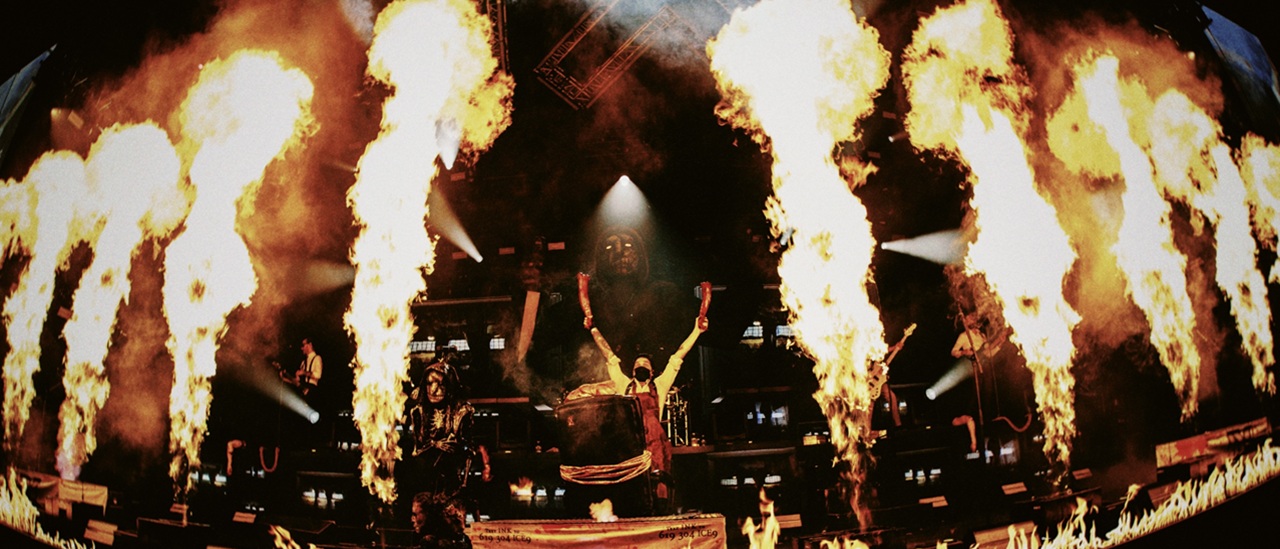“We’d play a song in a certain tempo. Three weeks later, it would be twice as fast”: who invented thrash metal? Kirk Hammett has a theory
Kirk Hammett was there at the birth of thrash with his original band Exodus, so he should know more than anyone who invented the genre

Which band invented thrash metal? It’s a debate that has raged for decades. Metallica are widely acknowledged to have released the first thrash album with their 1983 debut album Kill ’Em All. But that record didn’t come out of nowhere. Someone somewhere must have hit on the idea of speeding metal up, taking the influence of proto-thrash bands such as Motörhead and Venom and channelling into a new and faster strain of noise. And Metallica guitarist Kirk Hammett has a theory who it might be – but it’s not who you might think.
Long before Lars Ulrich and James Hetfield recruited him to replace former Metallica guitarist Dave Mustaine on the eve of recording Kill ’Em All, Kirk was a member of Exodus. have been held up as the band who did more than most to lay the foundations for the nascent Bay Area thrash scene while Metallica were still kicking around the clubs of Los Angeles and Orange County.
Formed in 1979 by Hammett, fellow guitarist Tim Agnello, drummer Tom Hunting and original singer Keith Stewart, Exodus followed the usual route of playing rock and metal covers in high school gyms and backyard parties.
By 1982, Agnello and Stewart had been replaced by guitarist Gary Holt and loose cannon singer Paul Baloff, and the covers were gradually superseded by Exodus’ original songs such as Ender and Die By His Hand, which were faster and meaner than anything else around. Where did this need for speed come from? Speaking to Metal Hammer in 2015, Hammett put it down to one person: drummer Tom Hunting.
“When I formed Exodus and I started jamming with Tom Hunting, I turned him onto all these bands [such as Judas Priest and UFO] and said, ‘This is what we’ve got to do – we’ve got to do something like this,’” said Hammett. “I don’t know if you know Tom Hunting, but he’s a very high-strung person. He’s always shaking, or tapping on something, or hitting something. And when he plays drums, he’s kind of that way too.
“Whenever we’d play a song in the beginning, it started a certain tempo, but three or four weeks later, it would be twice as fast. And so when we started writing songs, that’s why the beats per minute were up there – because Tom Hunting had a lot of nervous energy. A lot like Lars.”
Of course, there was still a long way to go before Exodus became full-fledged thrash merchants – something accelerated by the arrival of Metallica, who played their first Bay Area show on October 18 at The Old Waldorf in San Francisco. Hammett admitted to Hammer that his future bandmates “it looked like they’d been at it for a good six or eight months longer than we had been at it”, even though Lars Ulrich and James Hetfield had only formed Metallica the previous year.
Sign up below to get the latest from Metal Hammer, plus exclusive special offers, direct to your inbox!
Metallica themselves relocated to the Bay Area in February 1983, with Kirk joining two months later. One of the songs he took was Die By His Hand, parts of which would be incorporated into future Metallica classic Creeping Death.
That was the launchpad for the huge success that would eventually follow. But according to Hammett’s one-time guitar partner Gary Holt, his departure proved the spark that defined the Exodus sound.
“It put me in the driver's seat,” Holt told Metal Hammer in 2020, “and suddenly Exodus started going like that [makes speeding up motion with hand]. Those tempos Kirk said Tom was playing too fast were no longer too fast, they were just the right speed.”
Asked if Exodus were responsible for the Bay Area thrash scene, Holt had an immediate answer: "Absolutely. I'll own that. We created the violent scene.”
Founded in 1983, Metal Hammer is the global home of all things heavy. We have breaking news, exclusive interviews with the biggest bands and names in metal, rock, hardcore, grunge and beyond, expert reviews of the lastest releases and unrivalled insider access to metal's most exciting new scenes and movements. No matter what you're into – be it heavy metal, punk, hardcore, grunge, alternative, goth, industrial, djent or the stuff so bizarre it defies classification – you'll find it all here, backed by the best writers in our game.

